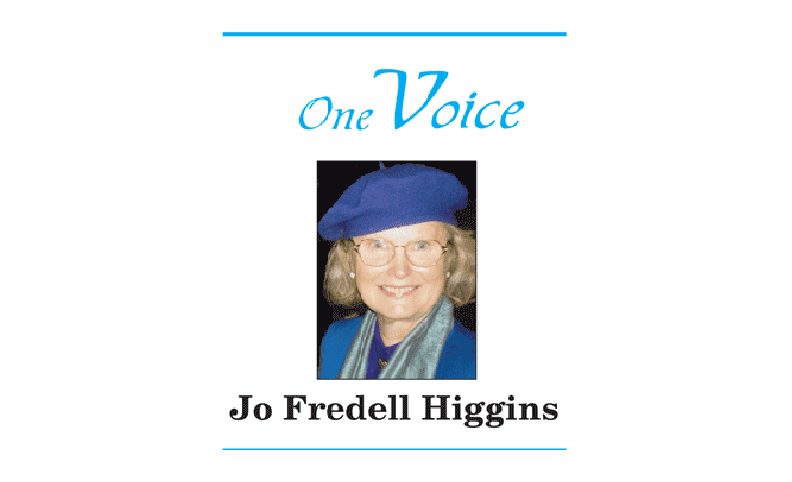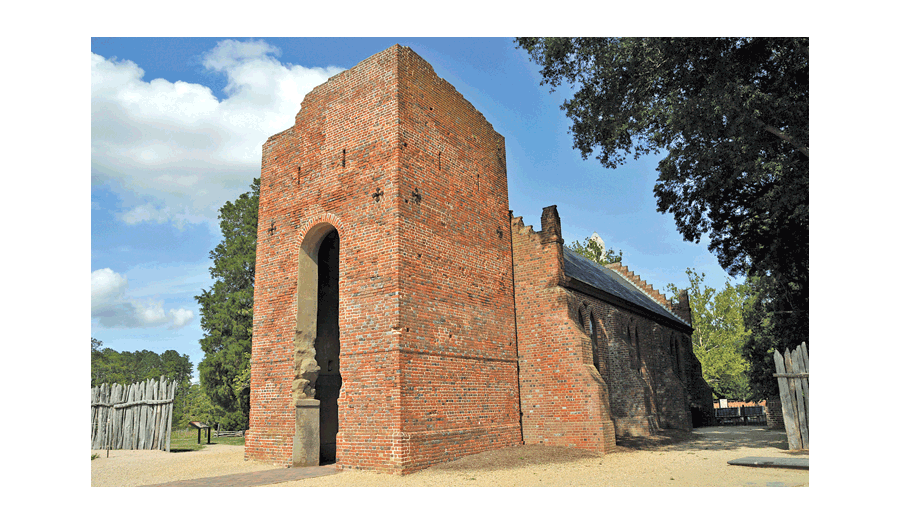
First of two parts
“In depth, in height, in circuit, how serene.
“The spectacle how pure. Of Nature’s works in Earth.” — William Wordsworth
The threads of discovery were intertwined with hardship and hope. Many of the stalwart men and women who travelled across the seas were fleeing both religious and political persecution. They founded a new land of promise and possibility. The settlers destroyed a native peoples and changed the landscape from the ground up. Today and next week you will read their stories.
The Spanish explorer Ponce de Leon called it Pascua Florida or “the feast of flowers” because it was Easter week that he first sighted the land. September 20, 1565 Nicholas le Challeux, a carpenter, thought that the land called Florida could furnish everything, including fertile soil, forests full of animals, honest and gentle natives, and there was speculation that “veins of gold” lie in a great mountain range. Old Challeux had arrived that year with another consignment of refugees along with Jean Ribault who was one of France’s most accomplished seamen.
Conditions for the newcomers were less Elysian than advertised. The hundred or so settlers had run out of supplies and were living off wild berries, the occasional crocodile and goods stolen from available Native Americans.
England’s Queen Elizabeth in 1584 granted Raleigh an exclusive license to colonize North America. His settlement on the North Carolina banks was named Virginia in honor of the Virgin Queen. Hostilities with Spain and other conditions resulted in the (Roanoke Island) area being abandoned. The supply ship returned to England.
The Virginia Charter received the Royal Seal in April 1606. Permission was given to “make habitation, plantation, and to deduce a Colony of our people into that part of America commonly called Virginia.” The Virginia Company was ruled by a Royal Council made up of 13 grandees to supervise and to report. John Smith, “even then set upon brave adventures” was apprenticed to a merchant in King’s Lynn, Norfolk.
Smith had enlisted with a battalion of a Slovenian warlord and went to the front line of the war in 1600. He claimed to have beheaded three Turks. For this act of bravery, the King of Poland granted him a coat of arms, the title of Captain, and the status of an English gentleman. Smith subsequently embarked on his journey to America.
April 26, 1607 at four in the morning, gradually, the low contours of a coastal plain became distinct. Not only had the ship reached America, but they were facing “the very mouth of the Bay of Chesapeake.”
When the English arrived in 1607 more than 15,000 “Indians” lived around Chesapeake Bay most of whom were ruled by Chief Powhatan. From the pristine wilderness the Powhatan Indians burned the undergrowth to keep the forest open and relocated their villages when crops depleted the soils. They ranged widely to fish, hunt, and gather all they required, moving with the seasons. Corn was the “stuff of food, upon which the Indians did ever depend,” wrote an English chronicler.
Next week the legacy of Jamestown, the “savage kingdom.”
Continued next week


